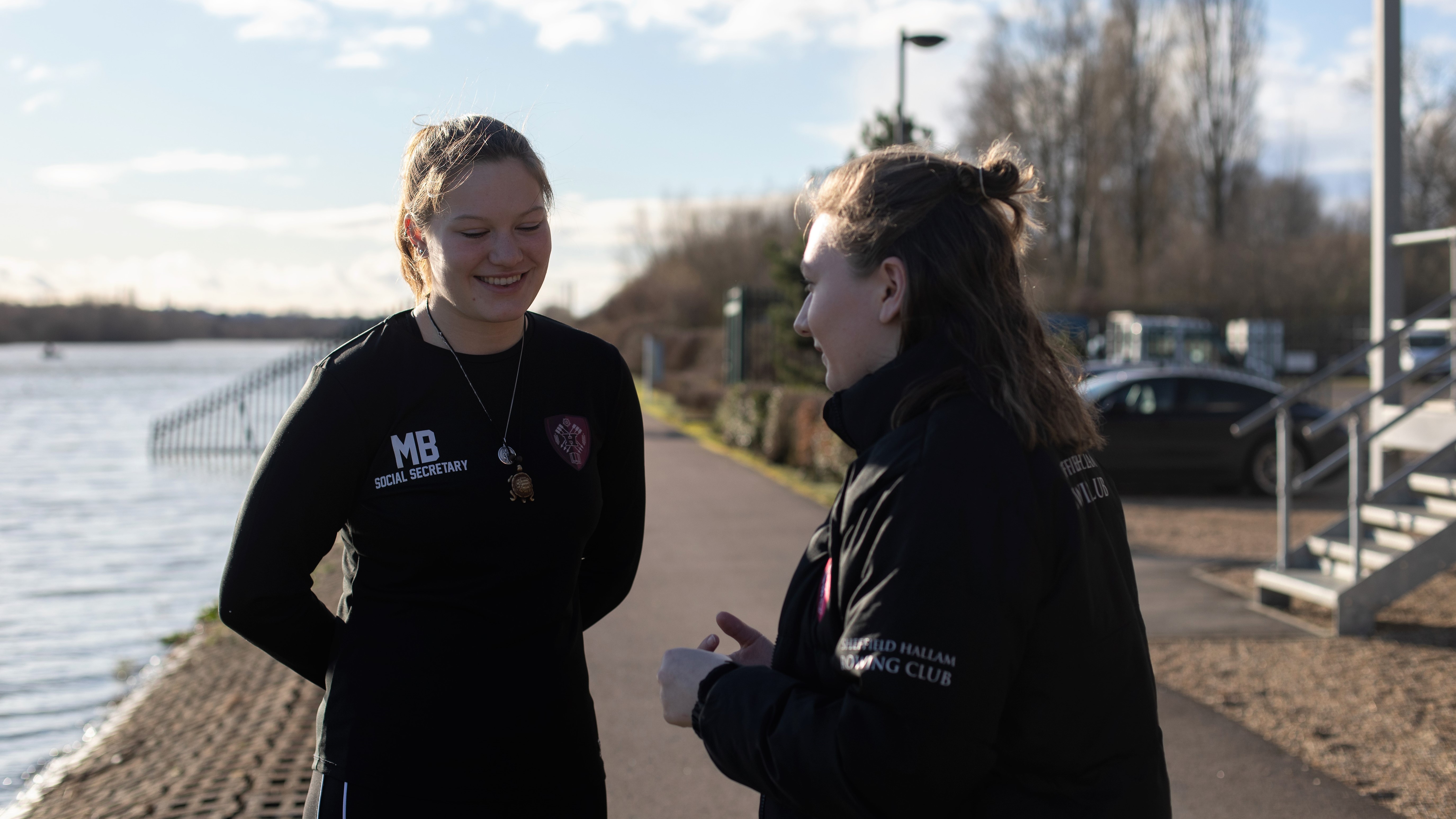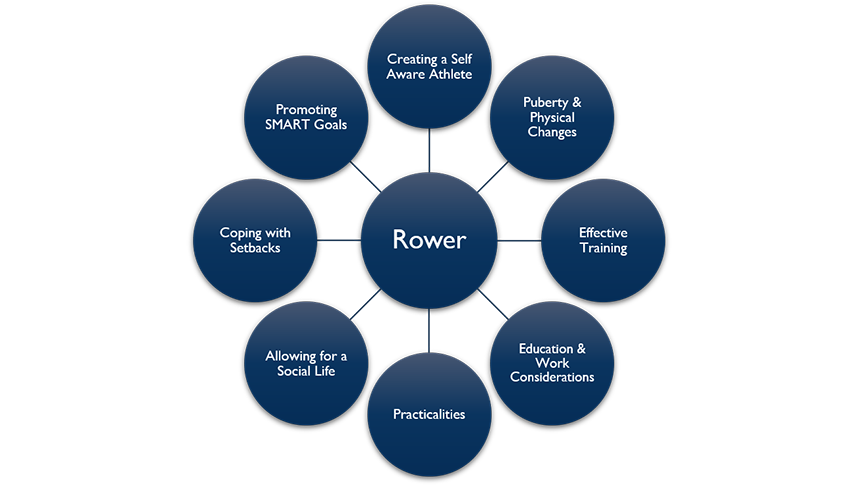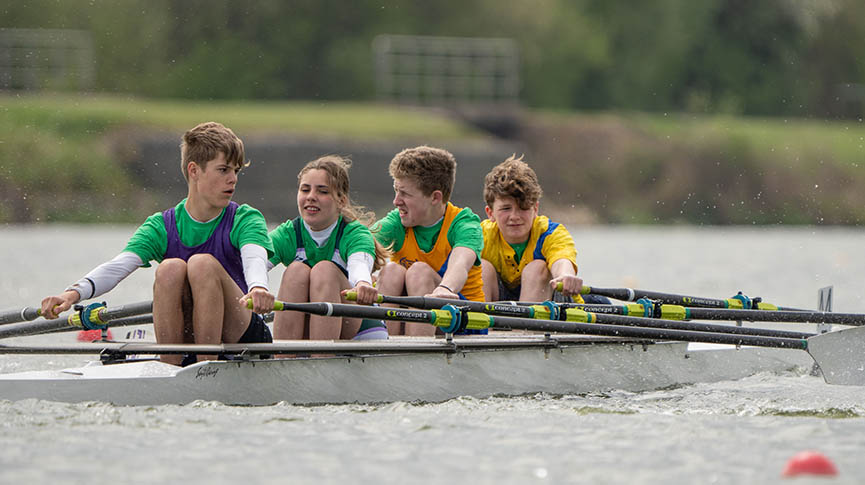Rower Development
Useful resources for your rowing journey including technique and training advice

Rower Development
Looking for advice on how to develop your rowing or your rowers? Explore the links to content and resources created and developed by British Rowing’s world-leading team of coaches and support staff to assist you in your rowing journey.
Resources
Rower Development Guide
All about British Rowing’s interactive online tool for both coaches and rowers
Rowing Technique
Learn the most effective technique for moving your boat or indoor rowing machine's flywheel
Rowing Warm Up
It's important to warm up your muscles before any form of exercise as this reduces the risk of injury
How Much How Often
Guidance around good practice for what training is appropriate at different stages in a rower’s development
Junior Rower Development
Stay safe and have fun in rowing
Summer Rowing Courses and Camps 2023
A round-up of intensive rowing courses in England, mainly for juniors, for beginners and those who want to develop their skills
Managing a University Beginner Programme
Guidance for university clubs who have large intakes of beginners each academic year








